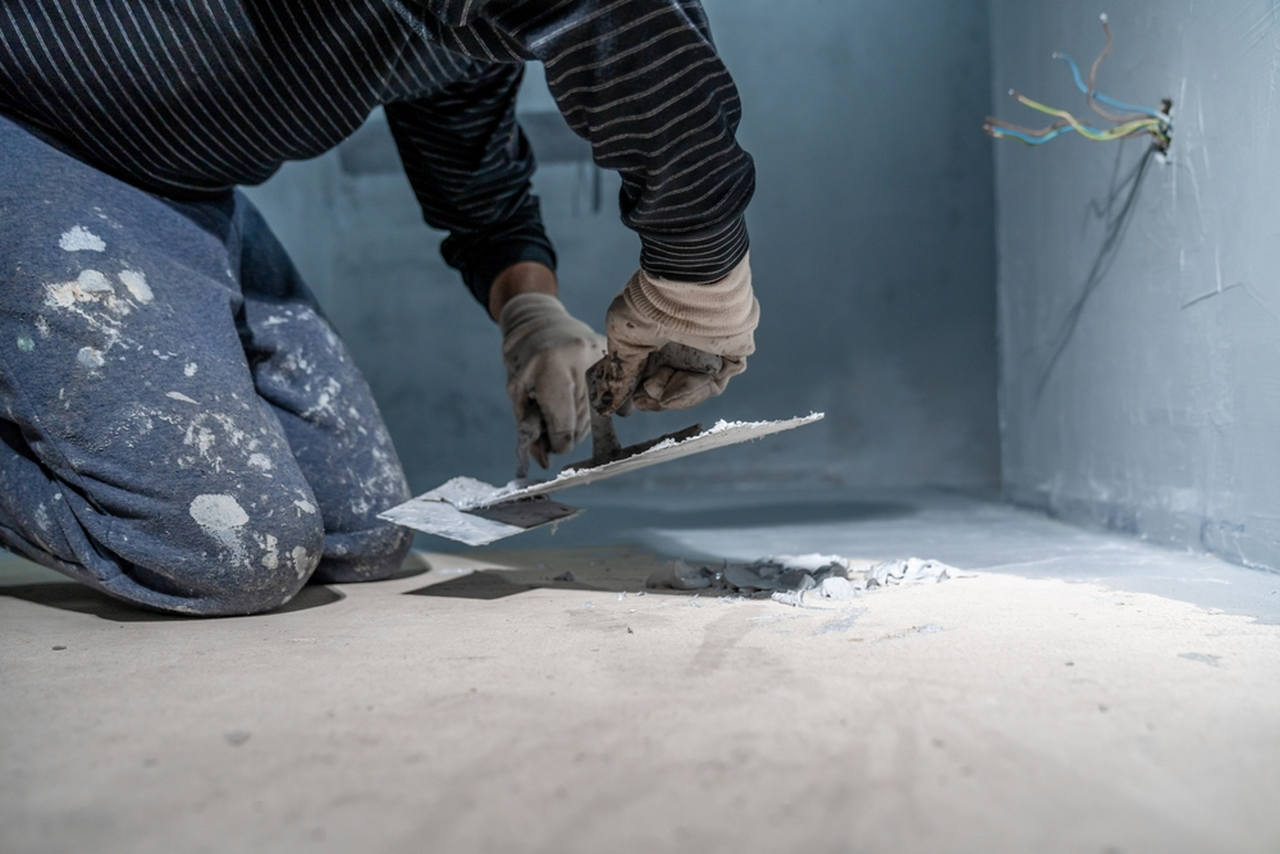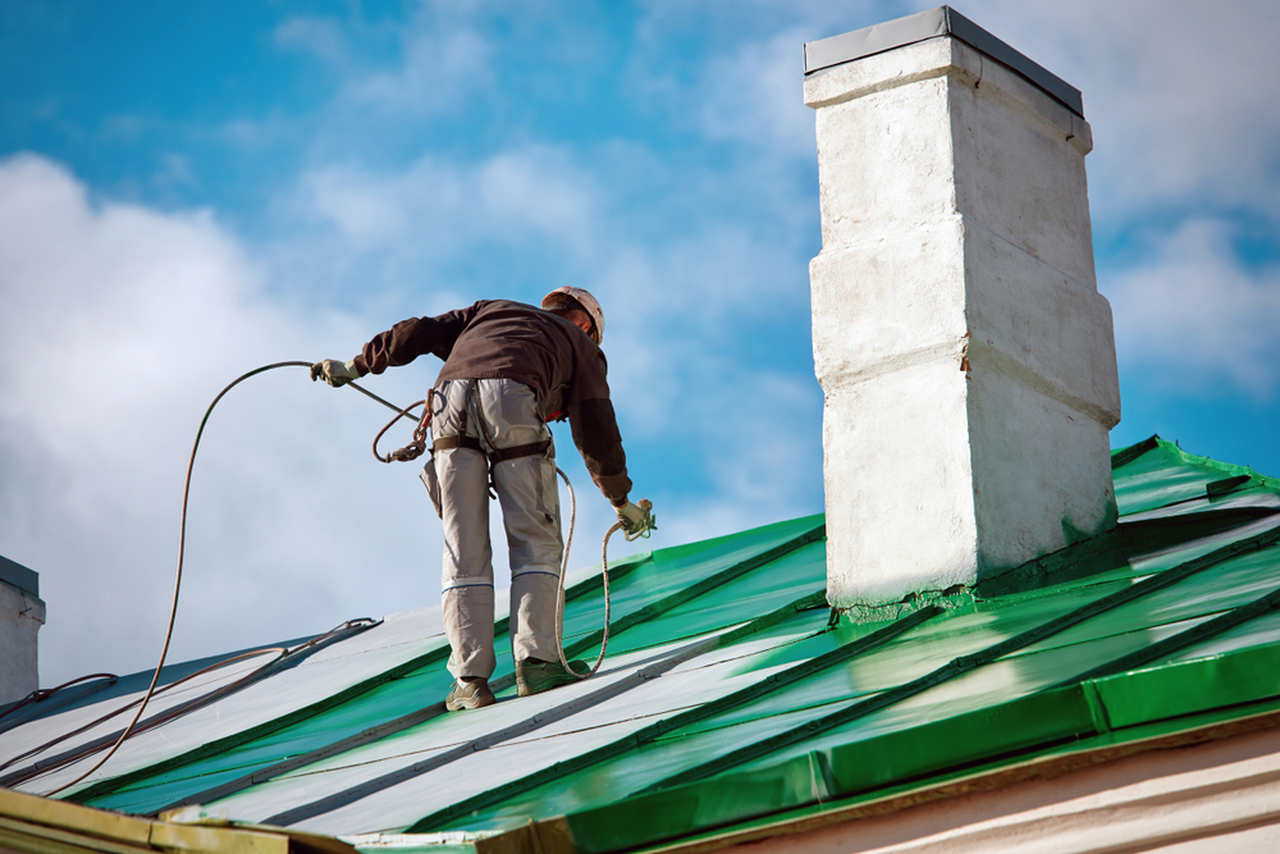Kinds of Waterproofing: Discovering the Different Techniques and Their Applications
Waterproofing is an essential facet of building and construction and upkeep. It safeguards structures from the destructive results of water damage. There are a number of approaches offered, each with its unique applications and benefits. From membrane layer systems to cementitious options, comprehending these alternatives is essential for effective implementation. The selection of waterproofing method can greatly affect toughness and durability. Discovering these numerous strategies exposes their distinctive advantages and potential obstacles, motivating further factor to consider of ideal solutions.
Membrane Layer Waterproofing Systems
Membrane waterproofing systems function as a critical barrier against water intrusion in different frameworks. These systems generally include thin sheets made from materials like rubber, polycarbonate, or bitumen, which are used to surface areas to stop moisture penetration. They can be mounted above or below grade and are especially effective in locations prone to high water exposure, such as basements, roof coverings, and foundations.The setup procedure includes cleansing the substrate, applying adhesives or primers, and specifically fitting the membrane layer to guarantee complete protection. Membrane layer systems can be either totally adhered, mechanically affixed, or laid loose, depending on the certain demands of the job. They provide resilience and versatility, fitting structural activities without jeopardizing their waterproofing capabilities. Additionally, these systems can be enhanced with additional layers for enhanced defense. Ultimately, membrane layer waterproofing systems are necessary for securing frameworks versus water damages and preserving long-lasting stability.
Liquid-Applied Waterproofing Coatings
Liquid-applied waterproofing coatings offer a flexible service for safeguarding surfaces from water seepage - Sump pump installation & replacement Omaha. These coverings are composed of liquid products that, when used, form a seamless, flexible membrane. Their adaptability enables application on various substrates, including concrete, steel, and timber. The finishings can be used in varied atmospheres, from property to commercial setups, making them appropriate for roofings, foundations, and below-grade structures.One significant benefit of liquid-applied layers is their capacity to adapt uneven shapes and penetrate splits, developing a durable obstacle against dampness. They commonly exhibit outstanding attachment buildings and resistance to UV radiation, making sure longevity and resilience. Additionally, the application process is typically uncomplicated, enabling quick installment and decreased labor costs. This approach also lessens the danger of water merging, as the constant layer efficiently routes water away from vulnerable areas. On the whole, liquid-applied waterproofing coverings are an effective option for thorough water defense
Cementitious Waterproofing Solutions

Cementitious waterproofing solutions offer a robust option for frameworks needing reputable dampness security. These systems mainly use a blend of cement, sand, and chemical additives powell and sons waterproofing to create a waterproof barrier. They are commonly put on surfaces such as concrete walls, structures, check and floors, giving a durable, durable defense versus water intrusion.One of the essential benefits of cementitious waterproofing is its simplicity of application; it can be applied making use of a brush, roller, or spray, making it suitable for various project sizes. In addition, this technique works with several surfaces and can typically be used along with various other waterproofing techniques.Cementitious services are specifically reliable in atmospheres where water exposure is a problem, such as cellars or below-grade frameworks. Their outstanding adhesion properties ensure that they bond well with substratums, providing a strong and nonporous layer against wetness infiltration.
Bentonite Waterproofing
Bentonite waterproofing is a very effective technique that makes use of salt bentonite clay to create an all-natural barrier against water. This technique makes use of the special residential or commercial properties of bentonite, which broadens upon contact with water, securing any kind of potential leakages and avoiding moisture infiltration. It is frequently used in different applications, including structure wall surfaces, passages, and retaining wall surfaces, where water resistance is essential.Bentonite can be applied in numerous types, such as panels or coverings, providing adaptability in installment. Its ability to self-seal makes it an eye-catching choice for areas based on moving soil or rising and falling water levels. Additionally, bentonite waterproofing is ecologically pleasant, as it is a natural product that does not introduce harmful chemicals into the environments.
Drain and Exterior Waterproofing Systems
Effective waterproofing often entails a combination of techniques, including drain and outside systems. Water drainage systems, such as French drains pipes and sump pumps, are developed to redirect water far from structures, decreasing hydrostatic pressure against structures. These systems are vital in preventing water build-up that can lead to structural damage and mold growth.External waterproofing, on the various other hand, involves using safety barriers to the building's outside. Strategies such as the installation of waterproof membranes, coatings, or sealants can aid avoid water seepage. This technique not just protects the foundation however likewise enhances the total durability of the structure.Together, drainage and exterior waterproofing systems form a thorough service to take care of water efficiently. By implementing these methods, building owners can safeguard their investments against the harmful effects of wetness, making certain long-lasting security and safety for their structures.
Frequently Asked Inquiries
Just how Do I Choose the Right Waterproofing Technique for My Project?
Picking the appropriate waterproofing approach depends upon elements such as task polymer modified cement waterproofing kind, environmental conditions, budget, and preferred longevity. Reviewing these elements permits notified choices customized to certain needs and demands.

Can Waterproofing Be Applied in Cold Weather Issues?
Waterproofing can be applied in winter conditions, yet it needs certain materials and strategies. Cold temperatures may impact healing times and attachment, necessitating mindful selection of products designed for low-temperature application.
What Are the Typical Indicators of Waterproofing Failing?
Typical indications of waterproofing failing consist of noticeable water stains, peeling off paint, damp smells, mold development, and fractures in wall surfaces or foundations. Foundation waterproofing Omaha. These indications recommend that dampness is passing through the obstacle, compromising its performance
How Long Does Waterproofing Last Before Requiring Maintenance?
The longevity of waterproofing differs, generally lasting in between 5 to ten years. Elements such as material top quality, environmental problems, and maintenance methods affect its longevity, demanding regular inspections to ensure effective defense versus water invasion.
Exist Eco-Friendly Waterproofing Options Available?
The inquiry of environment-friendly waterproofing choices discloses an expanding rate of interest in sustainable products (Sump pump installation & replacement Omaha). Numerous all-natural compounds, such as plant-based sealants and recycled products, supply reliable remedies while minimizing environmental effect, interesting ecologically mindful customers